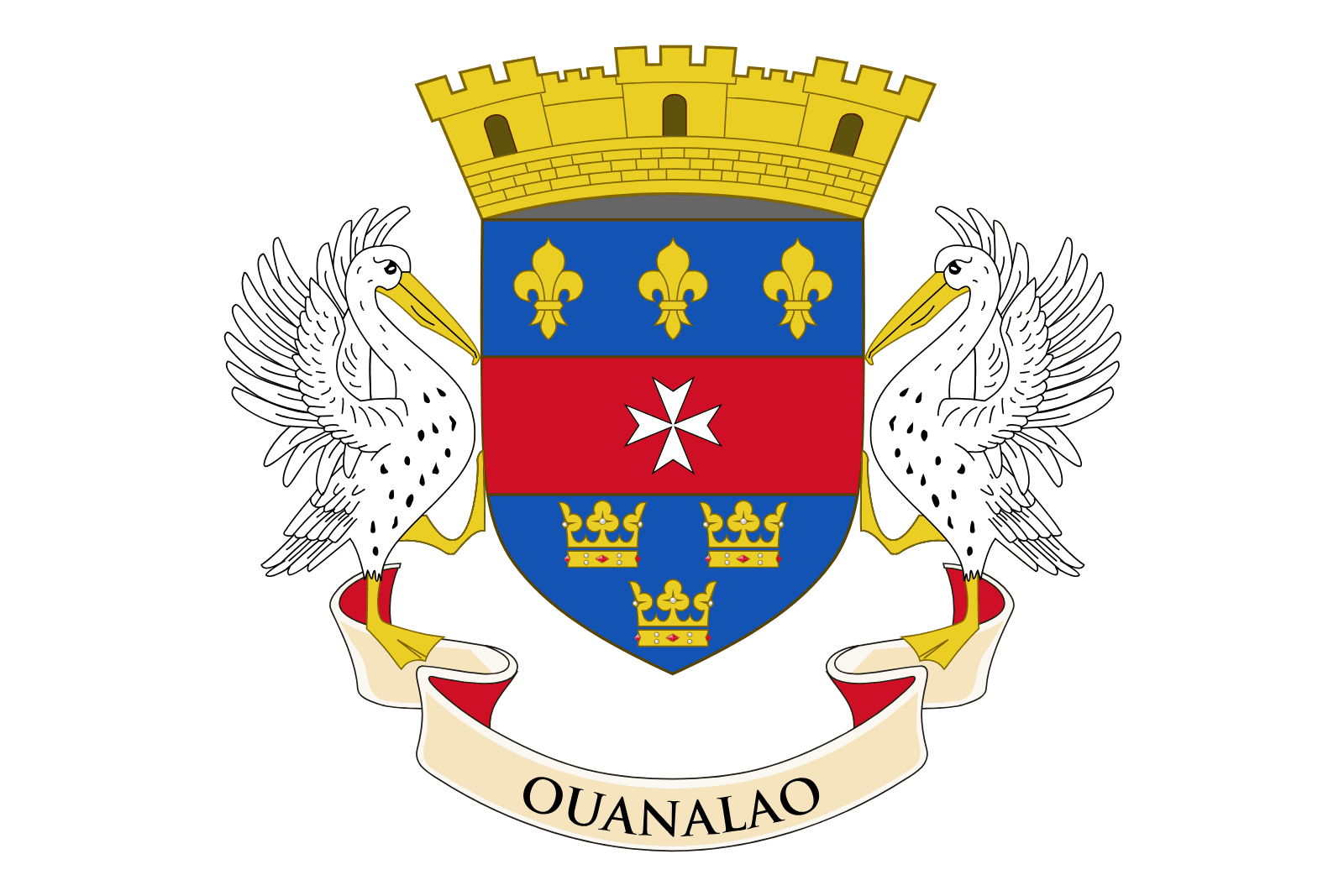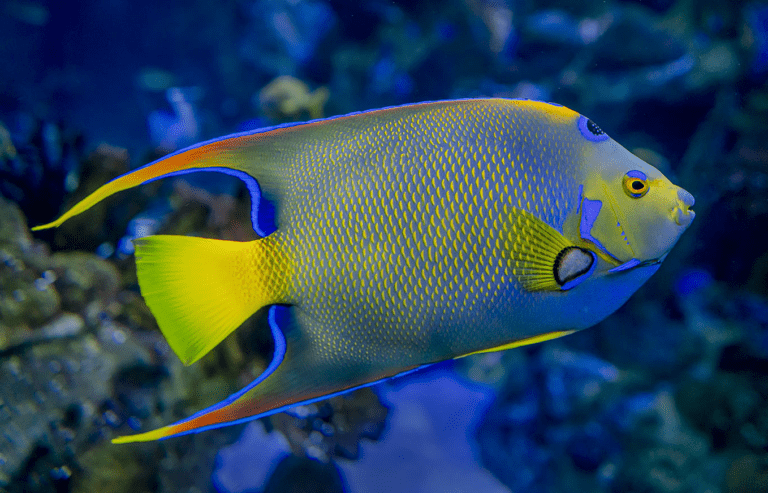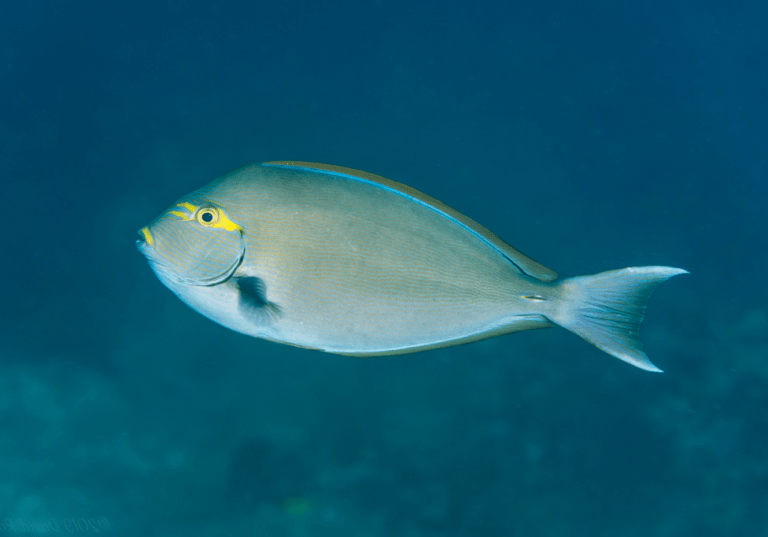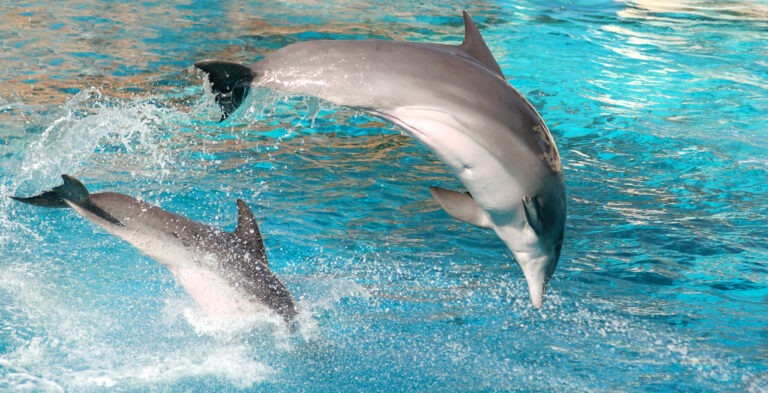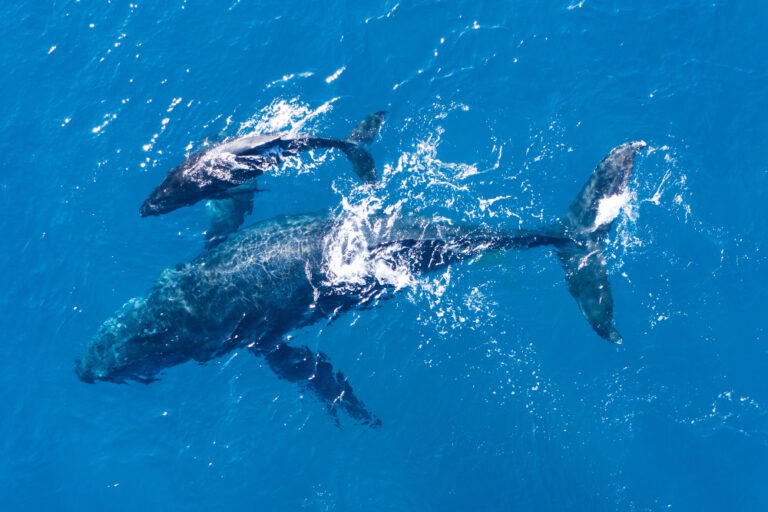Carib Grackle
The Carib Grackle (Quiscalus lugubris) is a common and distinctive bird found in St. Barthélemy (St. Barth) and throughout the Caribbean. Known for their iridescent black plumage and sociable behavior, Carib Grackles are a familiar sight in various habitats.
Characteristics of the Carib Grackle:
- Appearance:
- Size: Carib Grackles are medium-sized birds, typically about 10-12 inches in length.
- Coloration: They have glossy black plumage with an iridescent sheen that can appear blue or purple in sunlight. Males are generally larger and more iridescent than females.
- Eyes: Their bright yellow eyes are a distinguishing feature, contrasting sharply with their dark feathers.
- Tail: They have a long, keel-shaped tail which they often hold upright, especially during displays.
- Behavior:
- Feeding: Carib Grackles are omnivorous, with a diet that includes insects, fruits, seeds, and human food scraps. They are opportunistic feeders, often seen foraging in open areas, gardens, and near human settlements.
- Social Structure: These birds are highly sociable and often form large flocks, particularly outside the breeding season. They are known for their noisy, chattering calls and social interactions.
- Breeding: Carib Grackles are polygynous, with males often having multiple mates. They build nests in trees or shrubs, and sometimes in man-made structures.
- Habitat:
- Range: The Carib Grackle is widespread across the Caribbean, including St. Barth.
- Environment: They are highly adaptable and can be found in a variety of habitats, from coastal areas and mangroves to urban environments, gardens, and agricultural lands.
Ecological Role:
- Seed Dispersal: By feeding on fruits and seeds, Carib Grackles play a role in seed dispersal, contributing to the regeneration of plant life in their habitats.
- Insect Control: Their diet includes many insects, helping to control insect populations.
Conservation Status:
- Stable Population: The Carib Grackle is not currently considered threatened or endangered. It has a stable and widespread population across its range.
- Adaptability: Their ability to thrive in diverse and human-altered environments contributes to their stable population status.
Viewing Carib Grackles in St. Barth:
- Common Sight: Carib Grackles are a common and easily observed bird in St. Barth. They are often seen in parks, gardens, and urban areas, as well as in more natural settings.
- Behavioral Displays: Observing their social behavior and vocalizations can be particularly interesting, as they are very interactive and expressive birds.
Importance to Local Culture:
- Cultural Presence: The Carib Grackle is a familiar and recognizable bird in the Caribbean, often appearing in local stories, folklore, and art. Their presence is a part of the daily life and natural heritage of the region.
In summary, the Carib Grackle is a resilient and integral part of the avian biodiversity in St. Barth. Its role in seed dispersal and insect control, coupled with its adaptability and stable population, makes it a significant species in the local ecosystem. Residents and visitors can enjoy observing these lively and sociable birds throughout the island, adding to the rich tapestry of wildlife in St. Barth.

